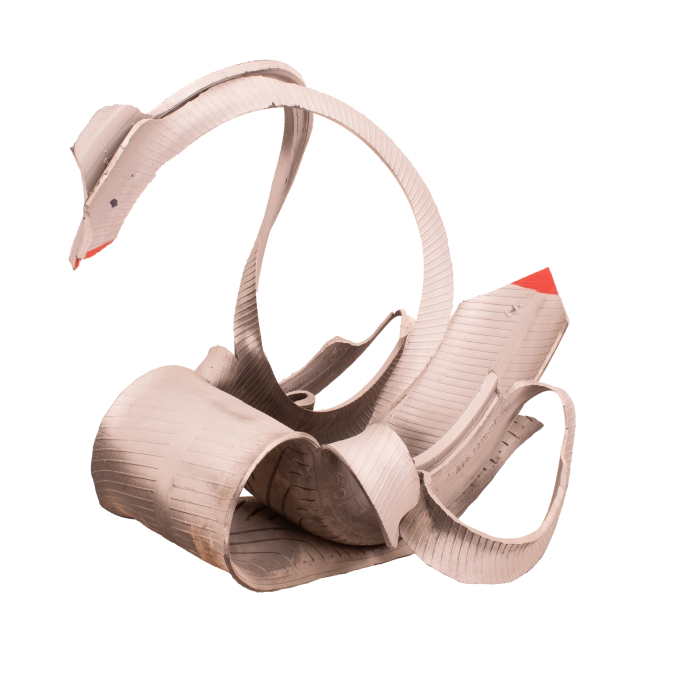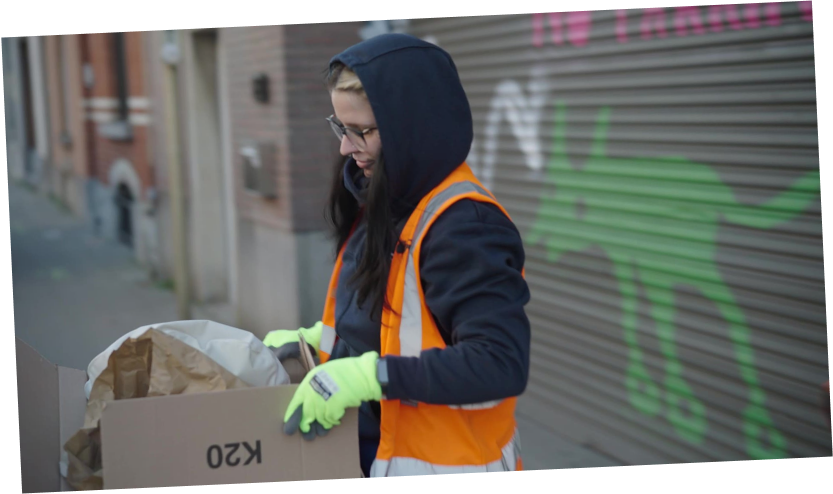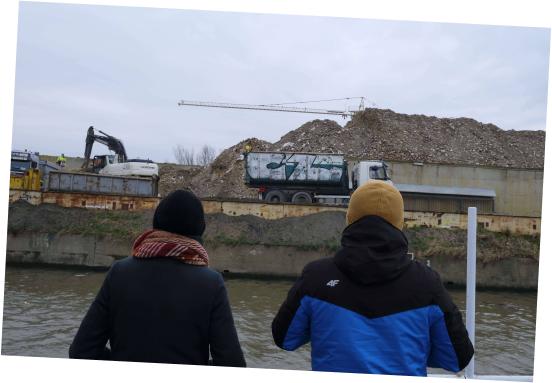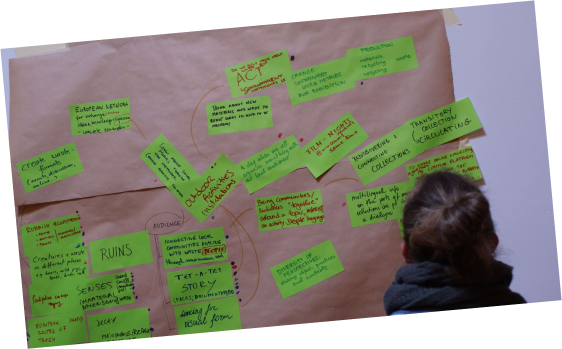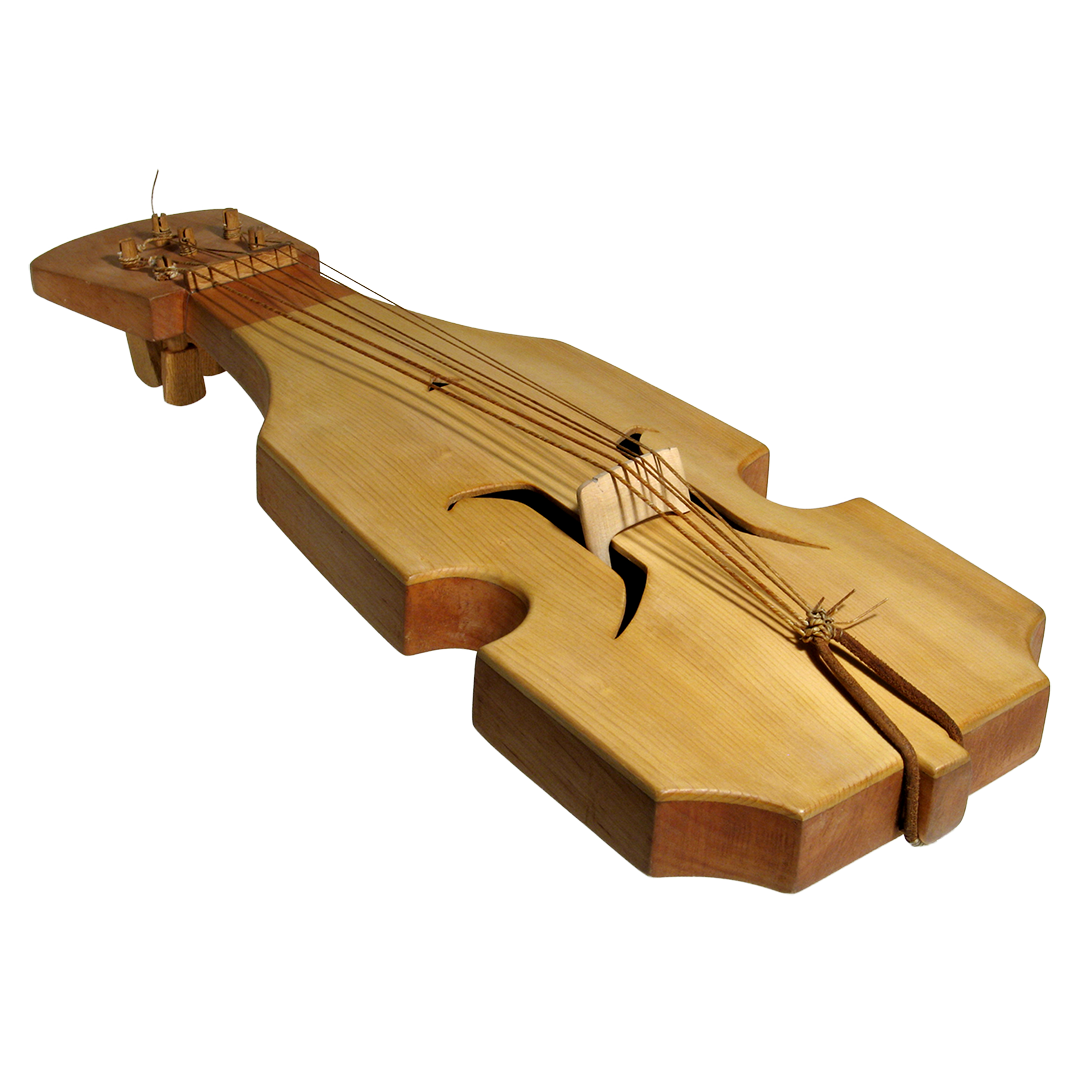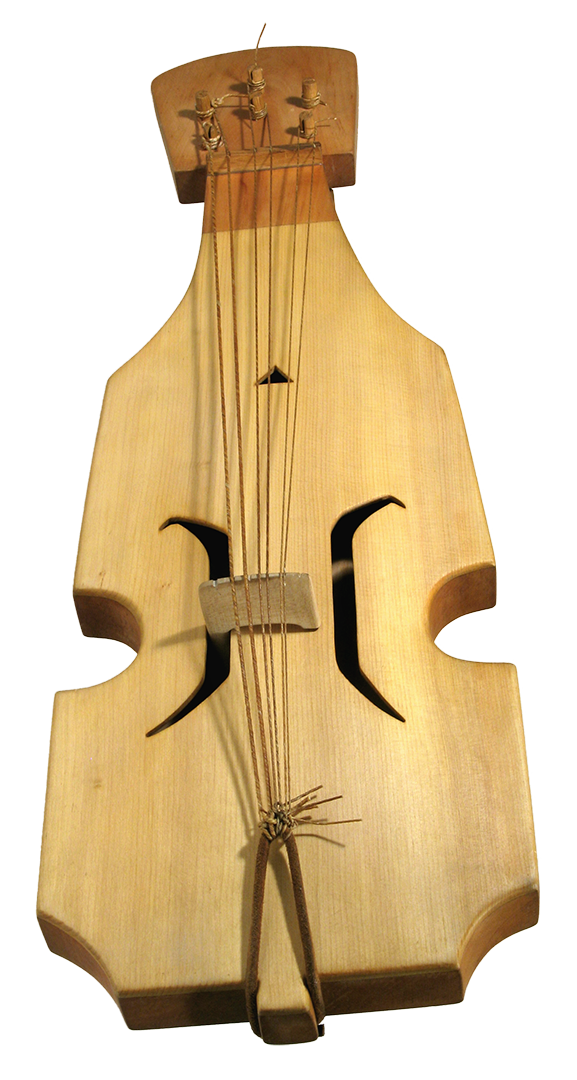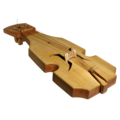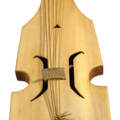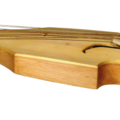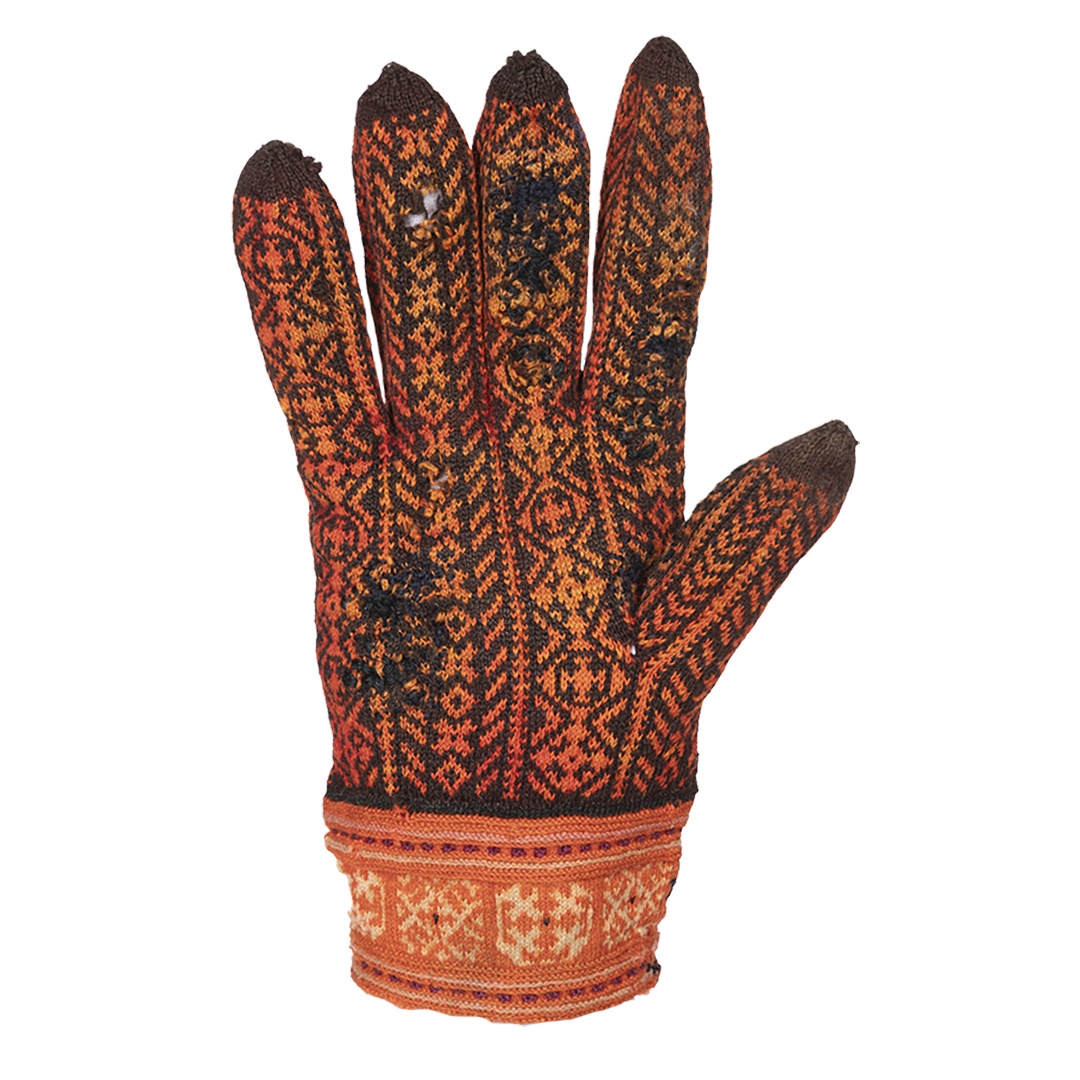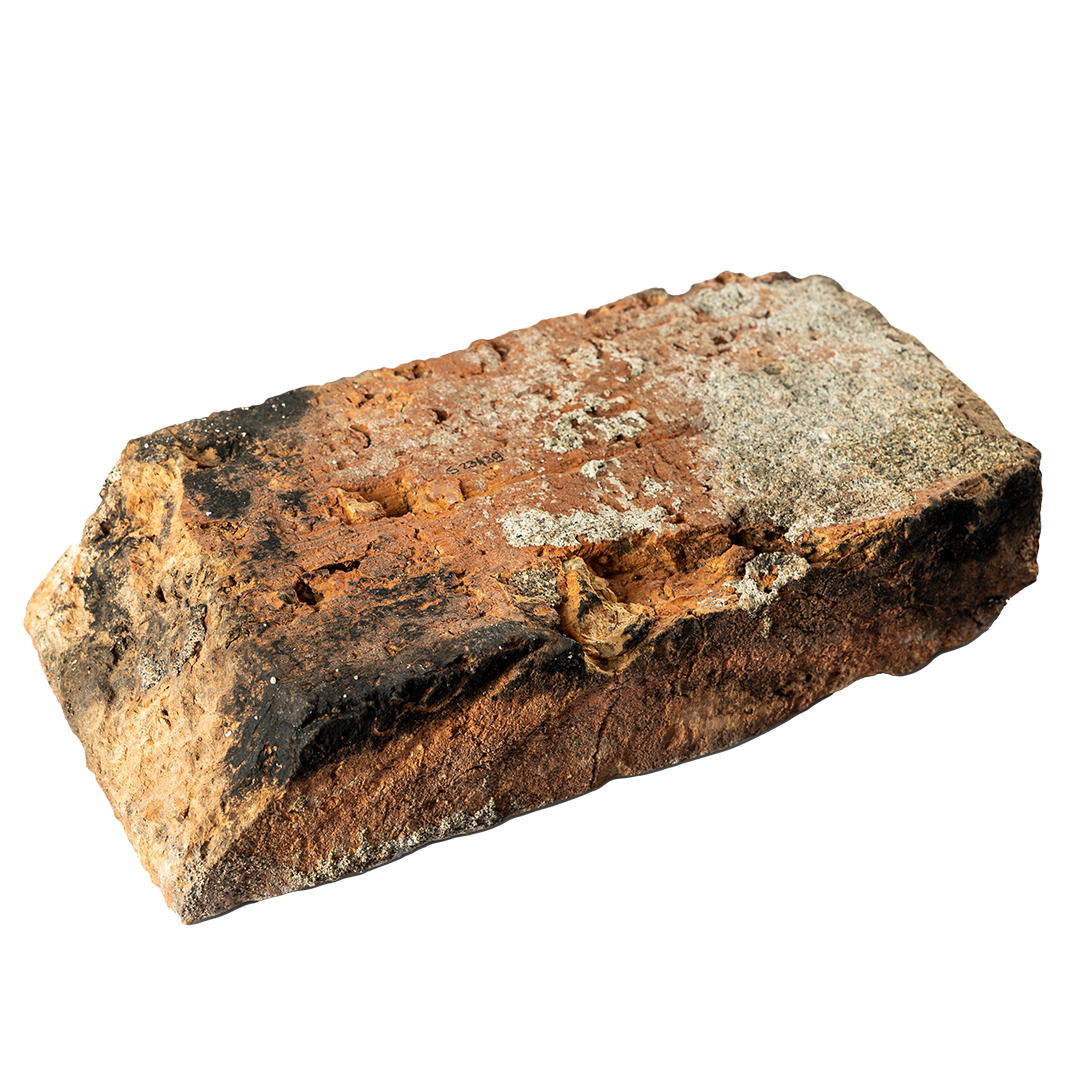Artist/Maker Andrzej Kuczkowski
Date Production/Creation
1989
Entry in the museum collection
1990
Place of origin
Warsaw, Mazowieckie Province, Poland, Europe
Current location
National Ethnographic Museum in Warsaw, Warsaw, Poland
Material
Sheep gut; Wood: alder, spruce, sycamore, oak, hide glue, gluing, cutting.
Dimension
Length 57cm; width 18.8cm; depth 2.8cm
Inventory Number PME 50611
Keyword Cultural heritage Music Rubbish
Copyright PME/NEM
Status In storage
Image Credit Photograph by Edward Koprowski
Traditions can fade with astonishing speed. Yet our rubbish heaps are filled with the seeds of cultural revival.
What is this object about, who are the people behind it?
The Płock Fiddle from the National Ethnographic Musem (NEM) is a reconstruction of a 16th century instrument, made on the basis of an archaeological discovery from 1985. In addition to the instrument itself, the technique of playing this knee chordophone has also been reconstructed. It is known as a "knee" chordophone as it is placed vertically on the knee when playing. Professor Maria Pomianowska, who adapted the fingernail playing techniques that exist in many corners of the world (Greece, Turkey, India) to the fiddle, played an important role. This instrument also testifies to the fact that folk music and its instruments are also subject to the test of time and sometimes do not pass it. At the heart of the instrument’s reconstruction is something that physicists cannot come to grips with – time travel. Reconstruction violates all temporal dimensions: past, present and future: we are uncertain about the past. It destabilises the present by introducing an old-new chimera, and it seems to have no future due to the broken continuum of time. The Płock Fiddle tells a story about traditional music, which, depending on the approach, can be ascribed a conservative character – an orthodox following of current trends in reading and understanding music – or a progressive character which is accepting of change, open and permits everything.
What places is this object related to, how European/transnational is it?
The Płock Fiddle as a discovery has a local character. The study of knee chordophones already has a much broader, nationwide context if we consider instruments with similar technical features. Similar in construction to the fiddle is the "suka", an instrument with wide fingerboards – the part of the instrument where the strings are plucked. However, in terms of playing technique, analogies can be found in the Balkans: the gadulka, the lijerica, the Turkish kemençe and the Indian sarangi.
Why and how did this object arrive in the museum’s collection?
An interest in folk music and customs was the motivating force for the first researchers and folklorists. In Poland, this fascination was marked by romantic, nation-building and regional ideas. As an accompaniment to the "songs of the Polish people", instruments have become a staple in many collections. The collection of instruments at NEM was also created in this spirit. The only insoluble problem with this collection is that instruments that are not used die and lose their value.
What is the relation of this object to waste?
The original chordophone was found in a disused well that had been turned into a rubbish dump. This goes to show that the lifecycles of instruments are similar to those of tools. When they cease to serve their purpose or are superseded by newer ones, they end up in the rubbish dump. Another aspect is the aforementioned situation of an instrument dying in a collection. Increasingly, rummaging through junk brings us interesting information about our lives. Soon, the internet of things and the ability to collect all kinds of data will parameterise our needs, behaviour and social relationships, and information from the trash will be most interesting.

